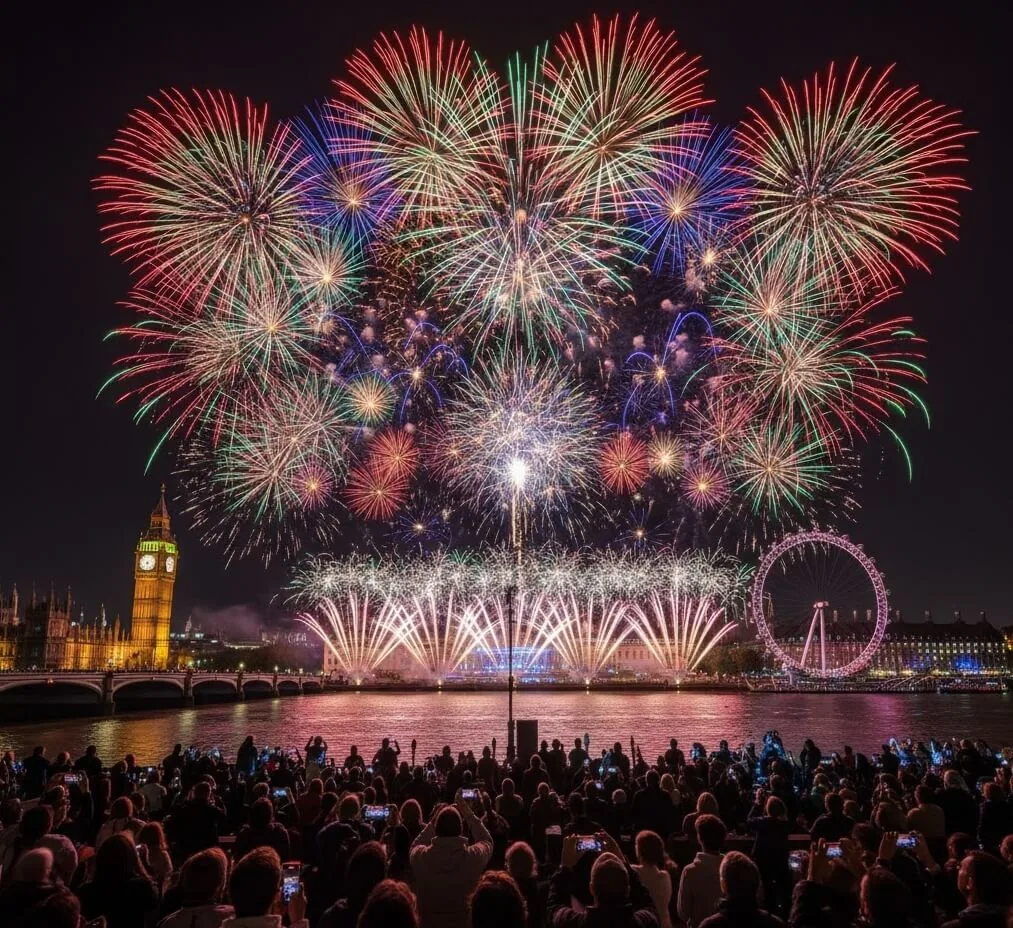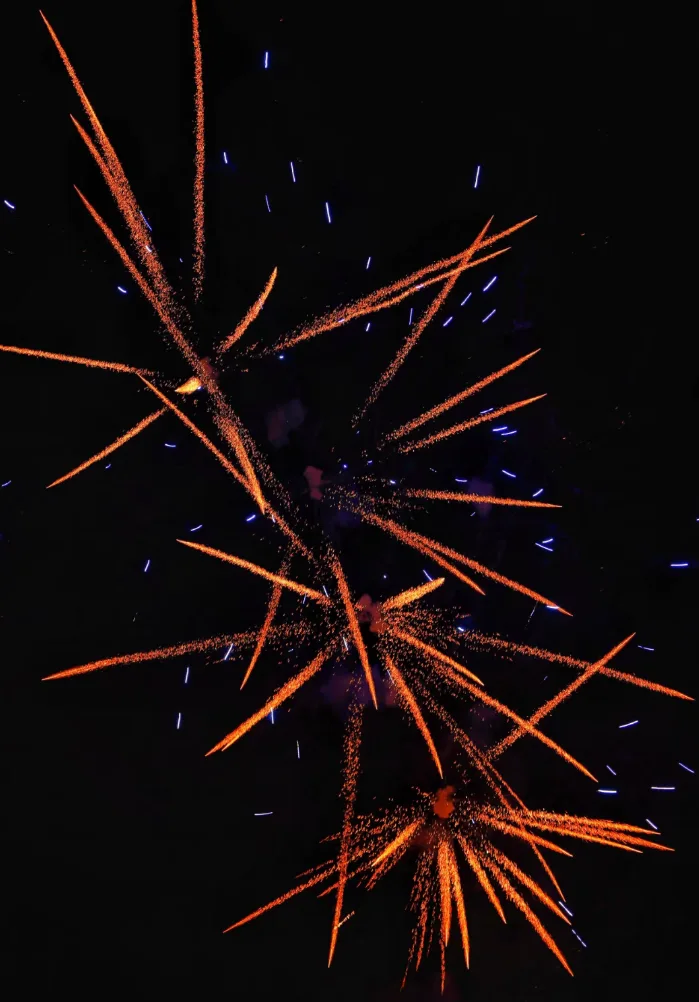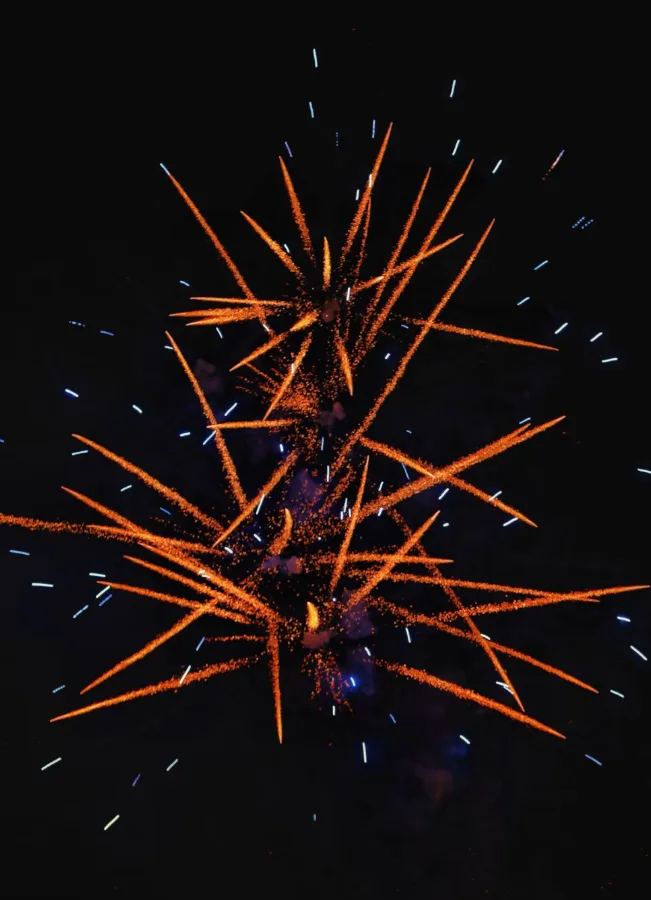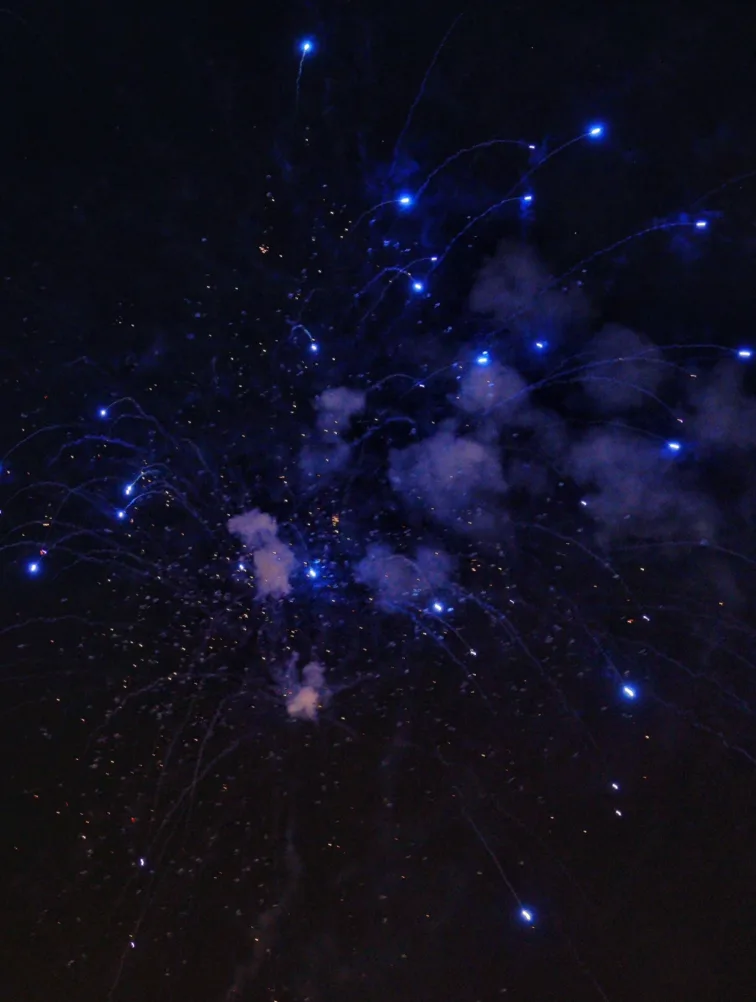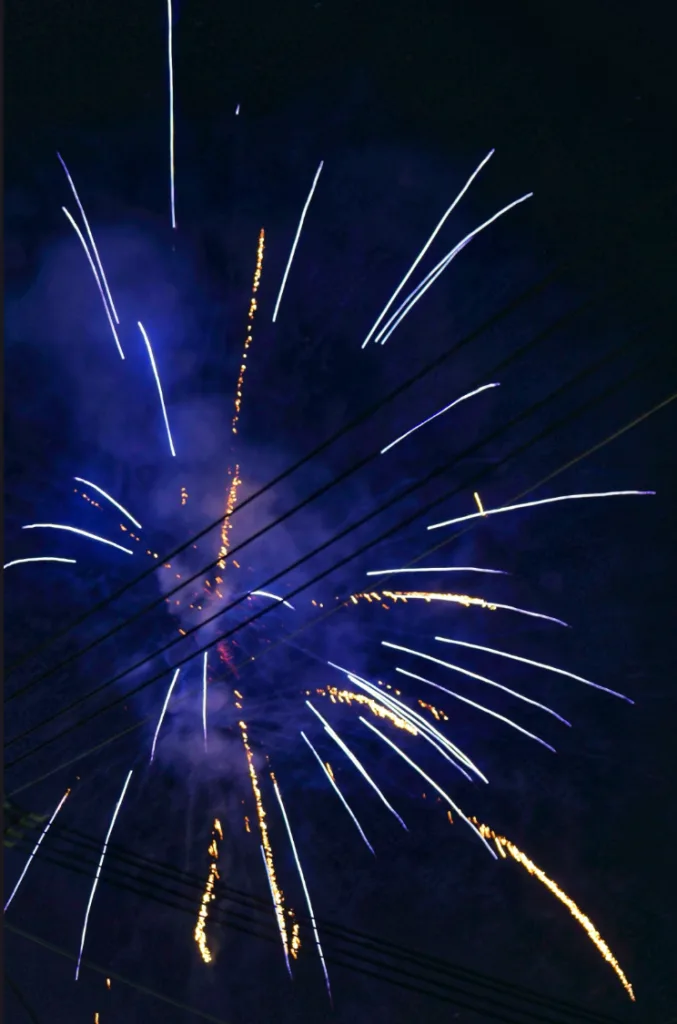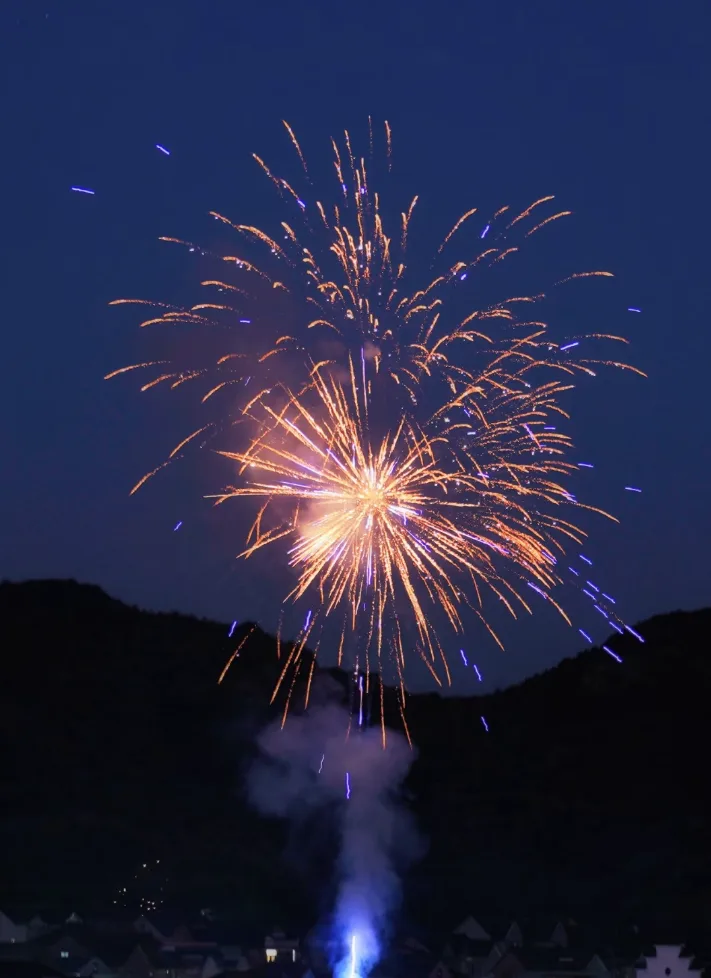The Eastern Origin: A Millennium of Pyrotechnic Evolution
The history of fireworks, a fleeting yet magnificent audiovisual art, traces its roots back to the distant East, specifically China, between the 7th and 9th centuries A.D. Initially, fireworks were not intended for celebration but originated from the mystical application of sound. The earliest "firecrackers" were simple bamboo stalks that, when tossed into a fire, would explode due to the superheated air inside the hollow compartments. This loud noise was believed to ward off evil spirits and ensure peace.
The true breakthrough was the accidental discovery of gunpowder. Legend holds that alchemists, while seeking an elixir of immortality, inadvertently combined saltpetre (potassium nitrate), sulfur, and charcoal to create the explosive powder. When this mixture was packed into tubes and ignited, the world's first manufactured firework was born. Over successive dynasties, fireworks evolved from simple sounds into complex forms and colors, becoming an essential component of court ceremonies and popular festivals, most notably the annual Lunar New Year.
The Spectrum of Science: Unveiling the Mechanism of Brilliant Colors
The astonishing colors of fireworks are not magical, but the result of precise chemical reactions. Early fireworks only produced an orange-yellow glow until approximately the 19th century, when European chemists, particularly manufacturers in Italy, began systematically adding metallic salts to the gunpowder mixture, creating the rich spectrum we see today.
Colors in fireworks primarily originate from the "Stars," which are pellets coated with pyrotechnic composition and a coloring agent. When the firework is launched high and explodes, these "Stars" ignite. The metal elements in the coloring agents are excited by the high temperature; their outermost electrons jump to higher energy levels. When these electrons rapidly fall back to their ground state, they release visible light at specific wavelengths, producing distinct colors.
For instance, Strontium salts are responsible for deep reds, Barium salts create vibrant greens, Copper salts yield pure blues, and Sodium salts deliver intense yellows. The pyrotechnician's role is to meticulously control the gunpowder ratio, the type of metallic salt, and the burn rate to ensure the final patterns and colors appear accurately in the night sky.
Beyond Celebration: The Global Cultural Symbolism of Fireworks
Fireworks have transcended their functional and decorative roles to carry deep cultural significance and symbolism globally. They are a universal expression of hope, freedom, and collective memory:
Warding Off Evil and Reunion: In East Asian cultures, particularly during the Lunar New Year, the loud noise of fireworks continues to symbolize the dispelling of bad fortune and the welcoming of blessings for the new year. It is also a key marker for family reunion and shared hope for the future.
Freedom and National Pride: In the West, fireworks are closely associated with national independence. For instance, the Fourth of July display in the United States is a tribute to liberty and the national spirit. France's Bastille Day fireworks symbolize revolution, equality, and unity.
Triumph of Light Over Darkness: During Diwali in India, fireworks represent the victory of light over darkness and good over evil. The bursts of light illuminate the night, symbolizing knowledge and spiritual awakening.
The Beauty of Impermanence: In Japan, the Hanabi (fire flowers) at summer festivals are viewed as a transient art form. They prompt viewers to reflect on life's beauty and brevity, evoking the philosophical concept of Mono no aware—a profound appreciation and pathos for the ephemeral.
From microscopic particles in the laboratory to colossal coronas in the night sky, fireworks translate rigorous chemical principles into a universal sensory experience. Every burst connects ancient traditions with contemporary collective joy, solidifying their place as one of the grandest and most magnificent art forms in human history.

